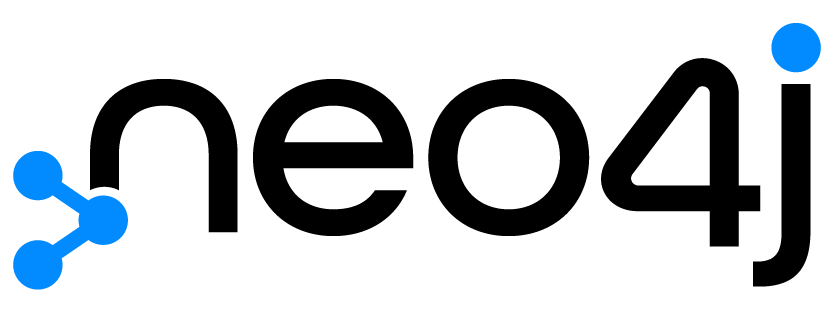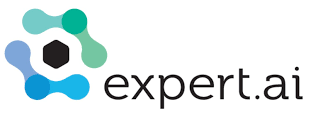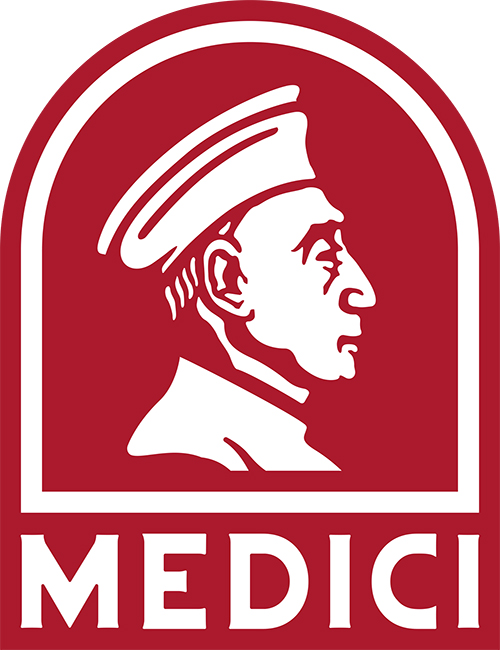Taxonomy / Ontology at Data Day Texas
We still have discount rooms at the conference hotel. If you are coming from out of town, this is where all the action is. For the best selection, Book a room now.
For a complete list of confirmed speakers at Data Day, visit the main speakers page.
What to present at Data Day Texas? Visit our proposals page.
Speakers
Heather Hedden (Boston) @hhedden

Heather will host the following two sessions:
Introduction to Taxonomies for Data Scientists (workshop)
The Future of Taxonomies - Linking data to knowledge (presentation).
Borislav Iordanov (Montreal ) @ bolerio
 Borislav Iordanov
Borislav Iordanov
Boris will present the following session: What's up with upper ontologies?.
Michael Uschold (Seattle, WA ) @UscholdM
 Michael Uschold
Michael Uschold
As a senior ontology consultant at Semantic Arts since October 2010, Michael trains and guides clients to better understand and leverage semantic technology using knowledge graphs. He has built commercial enterprise ontologies in digital asset management, finance, healthcare, legal research, consumer products, electrical devices, manufacturing and corporation registration. More recently he has focused on semantic application development using SPARQL for application code and R2RML for converting relational data into a knowledge graph.
During 2008-2009, Uschold worked at Reinvent on a team that developed a semantic advertising platform that substantially increased revenue. As a research scientist at Boeing from 1997-2008 he defined, led and participated in numerous projects applying semantic technology to enterprise challenges. He is a frequent invited speaker and panelist at national and international events, and serves on the editorial board of the Applied Ontology Journal. He received his Ph.D. in AI from Edinburgh University in 1991 and an MSc. from Rutgers University in Computer Science in 1982.
Michael will present the following 90 minute workshop: Ontology for Data Scientists.
Sessions
What's up with upper ontologies?
Boroslav Iordanov - Semantic Arts
Upper ontologies are domain agnostic, highly abstract models of the world that offer a starting point for building knowledge graphs, and in particular enterprise knowledge graphs (EKGs). We will look at several well-established upper ontologies, their history, underlying philosophy and applicability in an enterprise context. Not unlike classical software application frameworks, upper ontologies try to capture commonality and offer some modeling patterns that capture best practices. As such, they facilitate modularity and reuse when building large knowledge graphs, spanning multiple domains. In addition, upper ontologies make it possible for users of the EKGs to operate at different levels of abstraction when “talking” to the graph, a highly desirable feature in a complex system that only a well crafted semantic model can provide. While most upper ontologies aim to achieve semantic interoperability at internet scale, motivated by the original semantic web vision, some are purely academic in nature and others deeply rooted in the enterprise world. The Gist upper ontology, initiated Semantic Arts is one such ontology which grew iteratively by answering practical enterprise needs and it will get a special treatment. Hopefully, at the end of this talk you will be in a better position to answer questions like “should I use an upper ontology?”, “which one?” or “should I create my own?”
90 minute workshop
Ontology for Data Scientists
Michael Uschold - Semantic Arts
We start with an interactive discussion to identify what are the main things that data scientists do and why and what some key challenges are. We give a brief overview of ontology and semantic technology with the goal of identifying how and where it may be useful for data scientists.
The main part of the tutorial is to give a deeper understanding of what an ontologies are and how they are used. This technology grew out of core AI research in the 70s and 80s. It was formalized and standardized in the 00s by the W3C under the rubric of the Semantic Web. We introduce the following foundational concepts for building an ontology in OWL, the W3C standard language for representing ontologies.
- Individual things are OWL individuals - e.g., JaneDoe
- Kinds of things are OWL classes - e.g., Organization
- Kinds of relationships are OWL properties - e.g., worksFor
Through interactive sessions, participants will identify what the key things are in everyday subjects and how they are related to each other. We will start to build an ontology in healthcare, using this as a driver to introduce key OWL constructs that we use to describe the meaning of data. Key topics and learning points will be:
- An ontology is a model of subject matter that you care about, represented as triples.
- Populating the ontology as triples using TARQL, R2RML and SHACL
- The ontology is used as a schema that gives data meaning.
- Building a semantic application using SPARQL.
We close the loop by again considering how ontology and semantic technology can help data scientists, and what next steps they may wish to take to learn more.
90 minute workshop
Introduction to Taxonomies for Data Scientists (tutorial)
Heather Hedden - Semantic Web Company
This tutorial/workshop teaches the fundamentals and best practices for creating quality taxonomies, whether for the enterprise or for specific knowledge bases in any industry. Emphasis is on serving users rather than on theory. Topics to be covered include: the appropriateness of different kinds of knowledge organization systems (taxonomies, thesauri, ontologies, etc.), standards, taxonomy concept creation and labeling, taxonomy relationship creation. The connection of taxonomies to ontologies and knowledge graphs will also be briefly discussed. There will be some interactive activities and hands-on exercises. This session will cover:
Introduction to taxonomies and their relevance to data
• Comparisons of taxonomies and knowledge organization system types
• Standards for taxonomies and knowledge organization systems
• Taxonomy concept creation
• Preferred and alternative label creation
• Taxonomy relationship creation
• Taxonomy relationships to ontologies and knowledge graphs
• Best practices and taxonomy management software use
The Future of Taxonomies - Linking data to knowledge
Heather Hedden - Semantic Web Company
Taxonomies are no longer just for navigation or tagging documents. AI technologies, such as machine learning and NLP are now being used more in combination with taxonomies rather than merely in place of taxonomies. The results include applications of semantic search, personalization, recommendation, question-answering. Combining taxonomies with ontologies and linked instance data, supporting more powerful search and analytics across all kinds of data, structured and unstructured, and not just documents. Topics to be discussed include:
- Trends in uses of taxonomies (industries, applications, implementation and management), benefits of taxonomies,
- How knowledge-based recommendation and personalization systems are built
- How NLP and taxonomies support each other
- How taxonomies contribute to knowledge graphs
- Semantic Web standards and their benefits for taxonomies and other knowledge organization systems






























